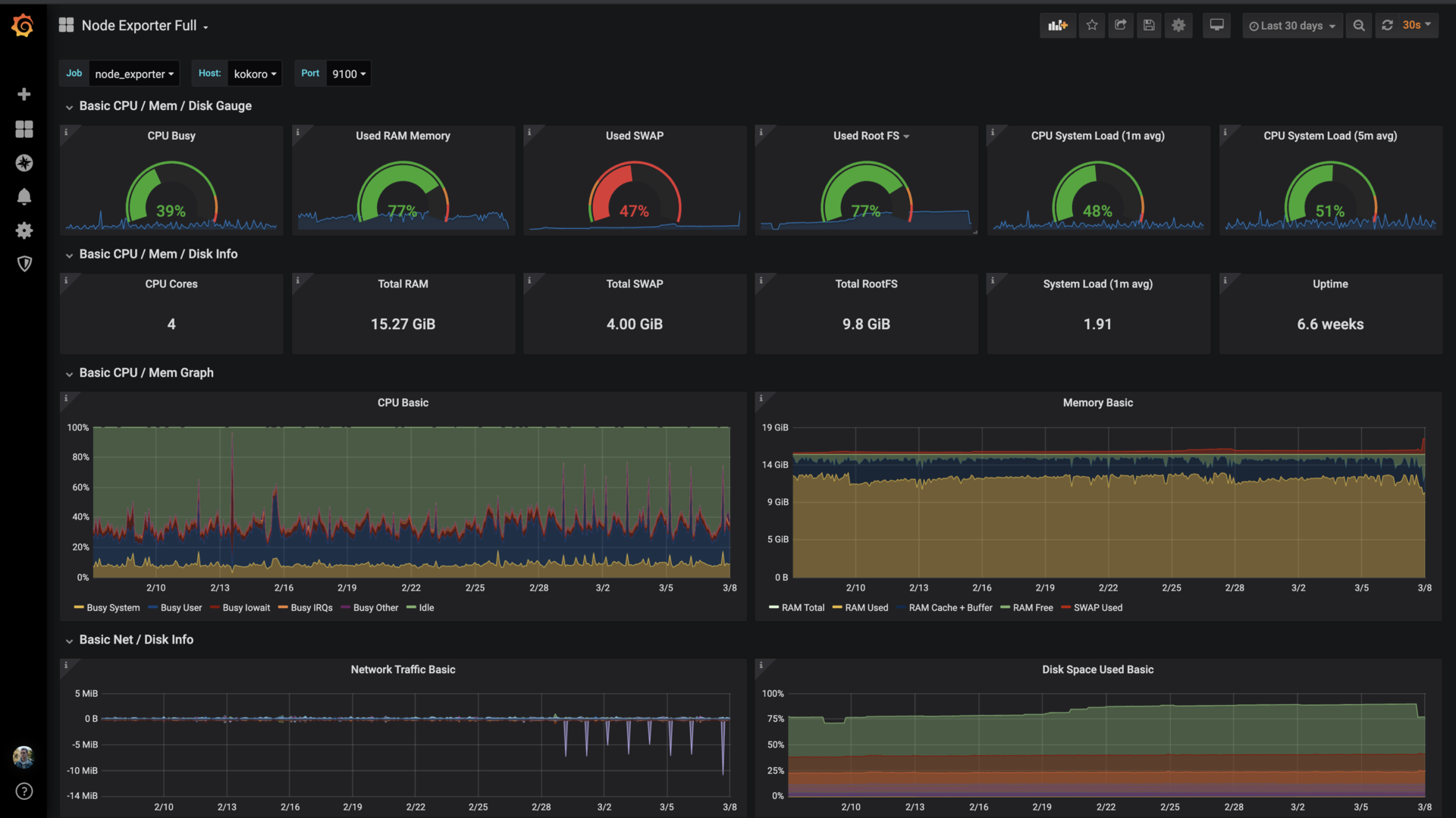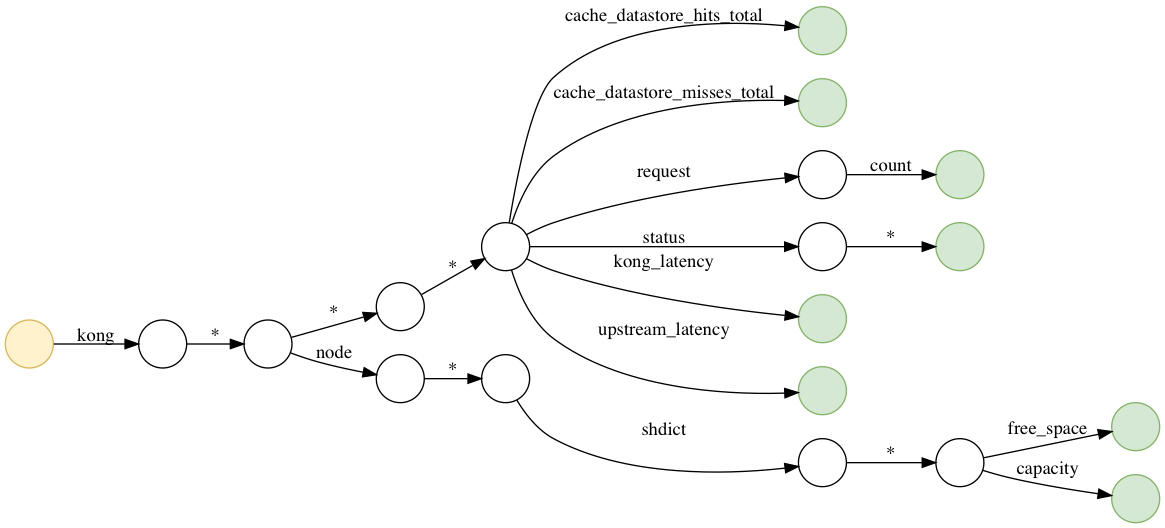
- #Prometheus statsd exporter how to
- #Prometheus statsd exporter password
- #Prometheus statsd exporter series
To add a Prometheus data source and add a Graph you can follow the instructions at the Prometheus website - instead of me repeating the same instructions here.

#Prometheus statsd exporter password
The default username and password for Grafana are both admin and admin respectively.Īdding a Prometheus Data Source to Grafana prometheus to contain the files prometheus.yml and test-mapping.yml as follows: In this section the configuration files for both Prometheus and the statsd-exporter are created.Ĭreate a directory named. Now there is an understanding of what each technology does in relation to each other, we can get started implementing our test application.

#Prometheus statsd exporter series
It is very common for a system to record its metrics in a format different to Prometheus, therefore there are many Exporters written which allow such metrics to be converted to Prometheus' time series notation The following diagram shows how a StatsD metric, is converted to Prometheus metrics by using an exporter's mapping rules. This is because the StatsD text-format represents metrics differently to Prometheus' exposition format which is represented like this: The statsd-exporter is used to convert Statsd metrics into Prometheus metrics. Grafana can then use these metrics for visualisations. The following diagram shows Prometheus scraping an application's metrics which are exposed on the /metrics path. Prometheus also has an AlertManager which can send alerts about certain metrics being monitored - it has support for Slack, PagerDuty, email and more. The scraped metrics can then be visualised or queried using the Prometheus expression-browser. The system will need to expose its metrics in order for Prometheus to collect them - this is also known scraping. Prometheus can be used to monitor the performance of an instrumented system such as, a microservice, a host server, etc. Later you will see how the Statsd-exporter will help us capture the dot-delimited parts we are concerned with. To record information about the metric, in this case the name of the API and its endpoint, the part is dot-delimited so those details can be captured. StatsD also supports other metric types like Counters, Gauges, Histograms and more. The |ms is used with StatsD timer metrics. In the above example, two API calls to GET /api/orders are measured at 84 and 95 milliseconds each. Below are two StatsD metric lines each representing how long an API request has taken.Įnter fullscreen mode Exit fullscreen mode StatsD metrics allow such information to be recorded and represented using a text format specification. Metrics are things like the number memory bytes used, number of website visitors, the time a task took to complete, etc. These metrics are typically in the form of data points associated with some information to give it context. This section briefly covers why each technology is being used but to learn more, you can read about each using the links in the Recommended Reading section.ĭuring a system's runtime, measurements taken of any of its properties are known as metrics. As such, I will use the terminal as a pretend application emitting metrics Prometheus will monitor the application and collect any metrics and finally Grafana will be used to draw a graph by using Prometheus as a data source. I explain from the perspective of an application which is instrumented with StatsD but is monitored by a Prometheus server.

#Prometheus statsd exporter how to
This post explains how to convert StatsD metrics using the Prometheus StatsD-exporter, and later visualising them with Grafana.


 0 kommentar(er)
0 kommentar(er)
